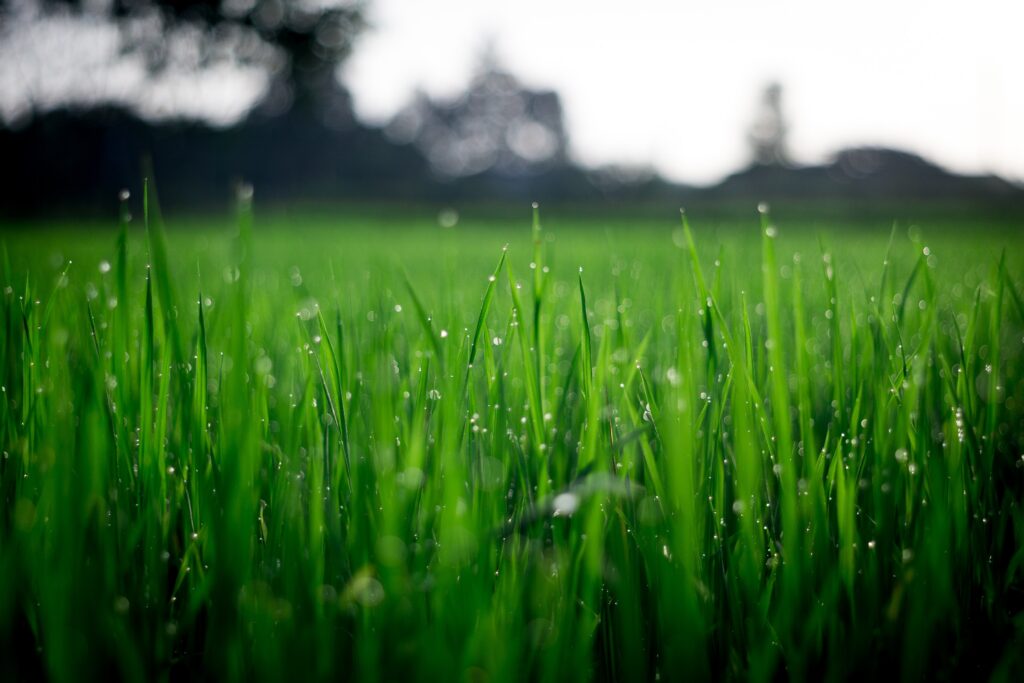
10 tips for looking after your lawn
The lawn is somewhere that people take pride in. It can be a great place for a barbecue or for a water fight with the kids in summer. Over time though, it can be hard to maintain. Here are ten tips to help you look after your lawn and make sure it stays in the best possible condition.
- What to put down
For gardeners one dilemma is whether to put down sod or seed. While sod can give you quicker results, it has fewer options and can be more expensive than seeding. However, seeding does involve more preparation and work.
- Mowing
Remember- sharp blades are vital with your mower as dull blades can tear up and damage your lawn. Avoid mowing when it’s wet and try to vary the pattern as you go along the surface.
- Watering
The amount you need to water the lawn will vary depending on how much rainfall you get in the local area. In the days when watering is necessary, this should be around 20-30 minutes around twice a week which should be a healthy amount for the surface (avoid watering around 11am-3pm especially during hot days or the water may evaporate).
- Edging
Trimming the edge of your lawn will keep it looking neat. This can be done manually or with an edging tool.
- Fertiliser
Fertiliser should be applied around mid to late April, though in some cases an additional feeding might be needed around late May. This is important so that the soil gets some much needed nitrogen.
- Thatch
Thatch is debris that occurs between the grass and the roots, something that often contributes to a brownish colouring on your lawn. Raking can help clear this.
- Re-seed
A common mistake is to only re-seed when the lawn looks bare. A good time to re-seed is early April. After you have mowed the lawn (ideally a little shorter than usual) and added soil you should then use a spreader to evenly distribute more seed.
- Aerate
Your lawn needs to breathe. Aerating simply requires a pitchfork or you can get special aerations shoes that literally allow you to aerate your lawn by walking over it. It is best to do this when the ground is moist.
- Weed-killing
Typically, one type of weed-killing may not be enough on its own. A mix of good lawn care, a herbicide and simply removing them with your hands will allow you to clear the weeds that stop your grass getting the air and nutrients it needs to grow.
- Get ready for next year
Depending on the type of soil you have, the grass will either continue to grow through the autumn or become dormant. Depending on the type, you may need to add more fertiliser (something a lawn care specialist can help you with).
We’re here to help
At Lawn Care Southampton, we’ve been working with our clients for over seven years to help them keep their lawns healthy. To find out more contact us for a quote today.
